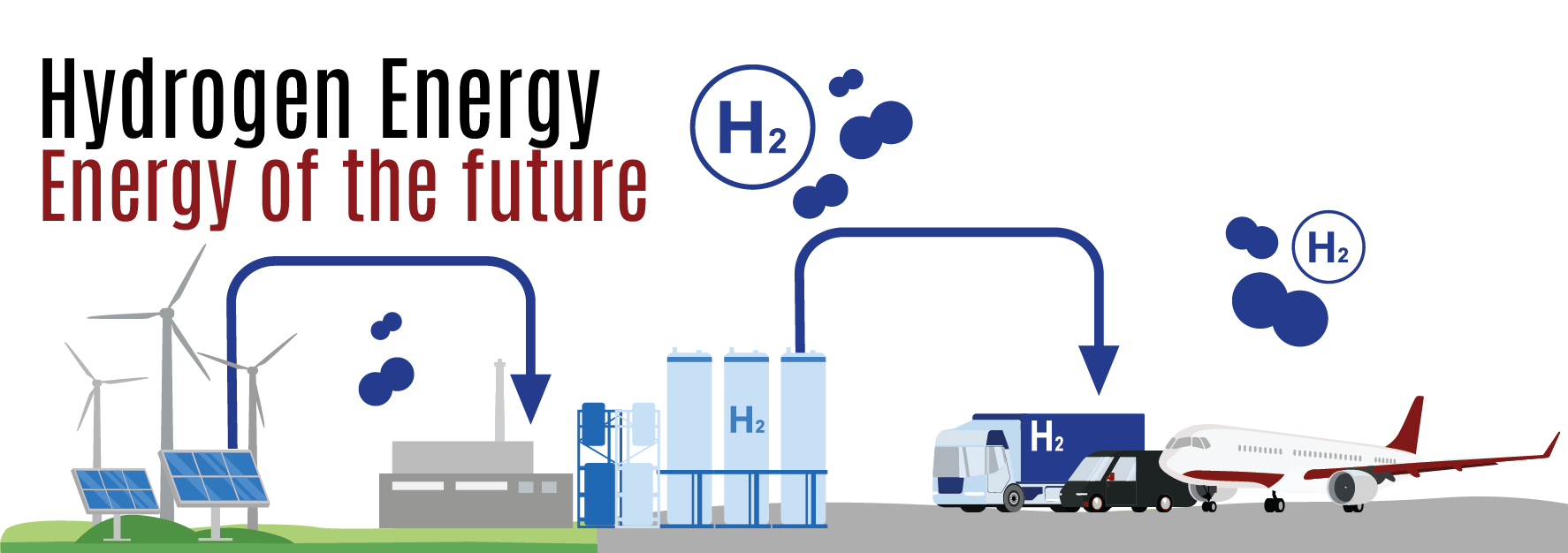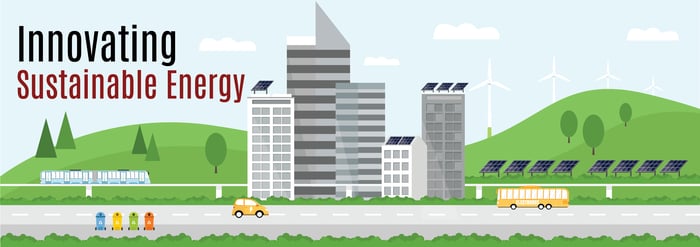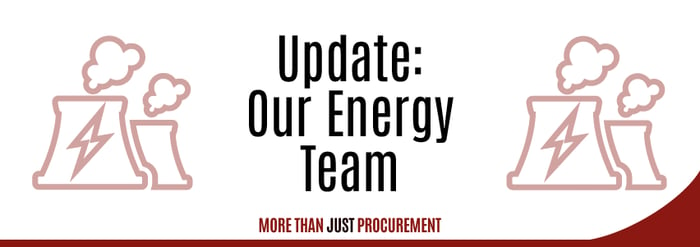Hydrogen Energy- Energy Of The Future?
Tips & Tricks • 4 min read • Aug 9, 2023 10:03:28 AM • Written by: Natasha Osborne

Hydrogen consists of a positively charged nucleus and a negatively charged electron, with the lowest atomic weight of any element. Under normal conditions, hydrogen is a colourless and odourless gas. So, what is a hydrogen energy you may ask.
Hydrogen is a clean alternative to methane, it’s the most abundant chemical element and is estimated to contribute to 75% of the mass of the universe. It’s an element that plays a critical role as the world aims to reach net zero emissions. When hydrogen is consumed in a fuel cell it only produces water, making it a clean fuel.
Hydrogen is produced from a variety of domestic resources, such as natural gas, nuclear power, biomass, and renewable power such as solar and wind. These qualities make it an attractive fuel option for transportation and electricity generation. Being used in houses, cars, portable power and more. To produce hydrogen, it must be separated from other elements in water and fossil fuels, it requires energy to be extracted, however, at the point of use its emission free.
Hydrogen is an invisible gas; however, it can appear in different colours, dependent on the source and method of production. Grey hydrogen is generated from natural gas or methane through a steam reforming process. Blue hydrogen, during the steam reforming process, a high proportion of carbon generated is captured and stored underground. Green hydrogen is produced using electricity and renewable sources, to split water into hydrogen and oxygen.
Blue hydrogen and green hydrogen are similar, the main difference is that green hydrogen costs more to produce compared to blue hydrogen. Blue hydrogen has a lower initial produce costs due to the use of hydrocarbons. Hopefully with time, the development of new green hydrogen plants should help to reduce the price gap between the two methods.
There are a few different processes to produce hydrogen fuel, including the following:
Thermal Processes
Thermal processes for hydrogen production typically involves steam reforming, a high temperature causes steam to react with a hydrocarbon fuel to produce hydrogen. Hydrocarbon fuels can be reformed to produce hydrogen, including natural gas, diesel, renewable liquid fuels, gasified coal, gasified biomass.
Electrolytic Processes
Water is separated into oxygen and hydrogen through a process called electrolysis. The processes takes place in an electrolyser, which is like a fuel cell but in reverse, an electrolyser creates hydrogen from water molecules.
Solar-Driven Processes
These processes use light as the agent for hydrogen production. Direct water splitting or photolytic processes use light energy to split water into hydrogen and oxygen. While these processes are currently in the early stages of research, they offer long term potential for sustainable hydrogen production.
Biological Processes
Microbes such as bacteria and microalgae produce hydrogen through biological reactions, using sunlight and organic matter. The microbes break down organic matter like biomass or wastewater to produce hydrogen.
The challenge now is how to scale-up the production of hydrogen to rely on it as an energy source and lower the price. McKinsey and Company released a Hydrogen for Net-Zero, A critical cost-competitive energy vector report. According to the report ‘Hydrogen has a central role in helping the world reach net-zero emissions by 2050 and limit global warming to 1.5 degrees Celsius because it can abate 80 gigatons of CO2 by 2050’.
Hydrogen is critical to a decarbonised energy system and is facilitating the integration of renewably produced energy because hydrogen can store energy. Hydrogen can be produced from electricity and be used as or converted into fuels, chemicals, and power. The production of hydrogen will connect and fundamentally reshape the current power, gas, chemicals, and fuel markets.
The prospects for the use of hydrogen are very interesting as it can be used in several sectors. With it being mainly used as a clean chemical feedstock or energy source. Currently there are a variety of methods to produce Hydrogen, however, only when it is widely used will the costs lower. To achieve next zero, renewables will have to provide a greater share of global electricity, is weather dependent. In this context any excess electricity that can be used to produce green hydrogen, would it then become a form of renewable energy source.
Hydrogen presents the opportunity for net zero solutions, it could be used to heat homes and replacing gas boilers with a hydrogen one. It can also be used in transport, such as heavy-duty freight, trains buses and even ferries. However, we may be a few decades away from hydrogen fuelled aeroplanes. As governments are making more ambitious decarbonisation policies, especially the EU, with the fastest growing hydrogen market. It will be interesting to see the developments and progress being made. The GOV.UK website states the hydrogen strategy ‘sets out the approach to developing a thriving low carbon hydrogen sector in the UK to meet our increased ambition for 10GW of low carbon hydrogen production capacity by 2030.’
We hope you enjoyed reading this week’s blog and learnt something new. It will be interesting to see the development of hydrogen energy and possibilities that will be created as we work towards net-zero emissions. If you aren’t subscribed to our latest news, then make sure you are. Feel free to share the blog with others who may enjoy it too. Leave a comment in the section below and let us know what you’d like to read about next time.
Reach the World. Giving Made Easy with Impact.
Related Articles

Tips & Tricks
Innovating Sustainable Energy

Business News
Green Hydrogen: Transforming Africa’s Energy Sector

Business News
Update: Our Energy Team
Don't Miss Out On A Thing
Sign up and Join Our Newsletter Today